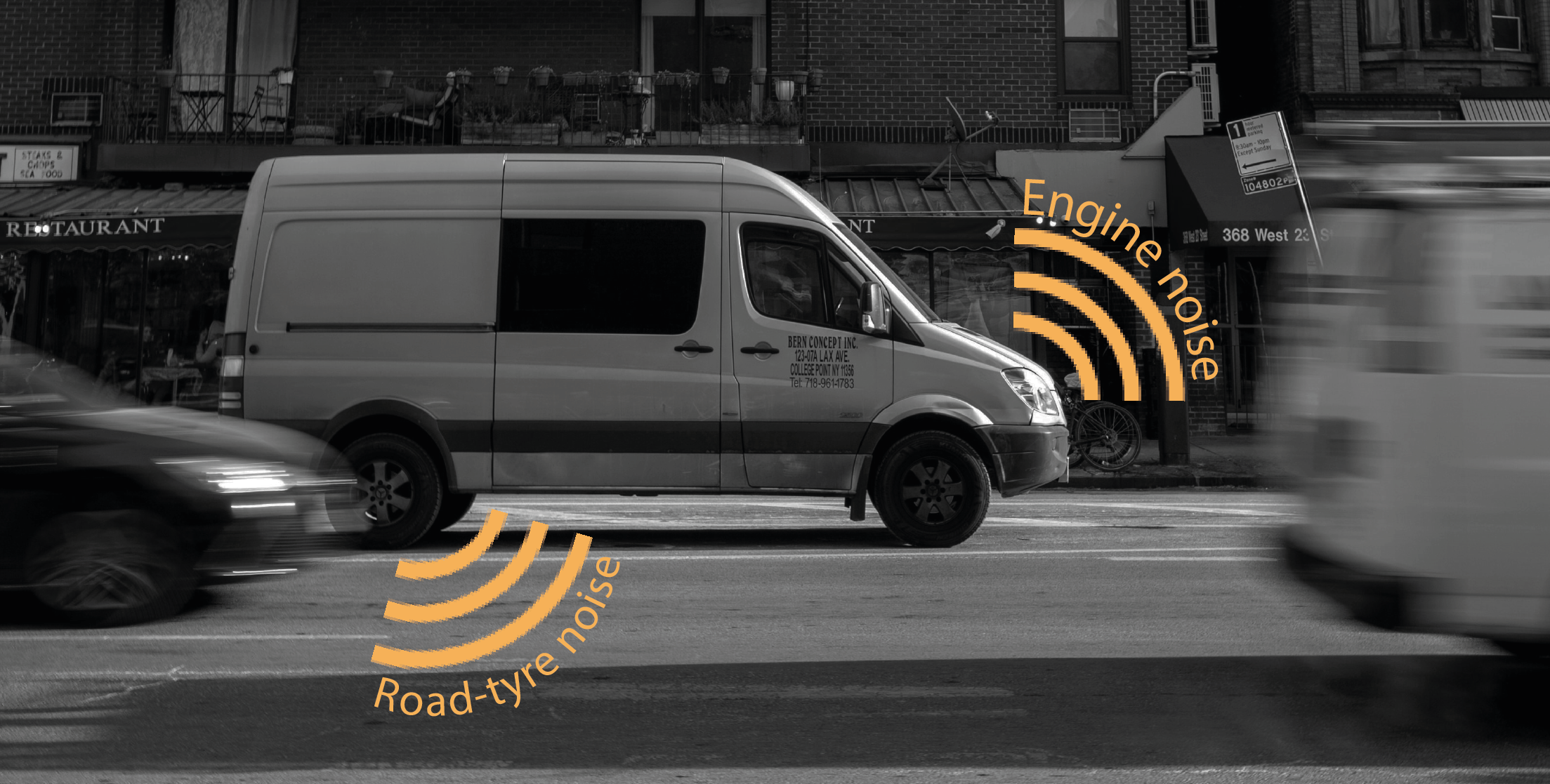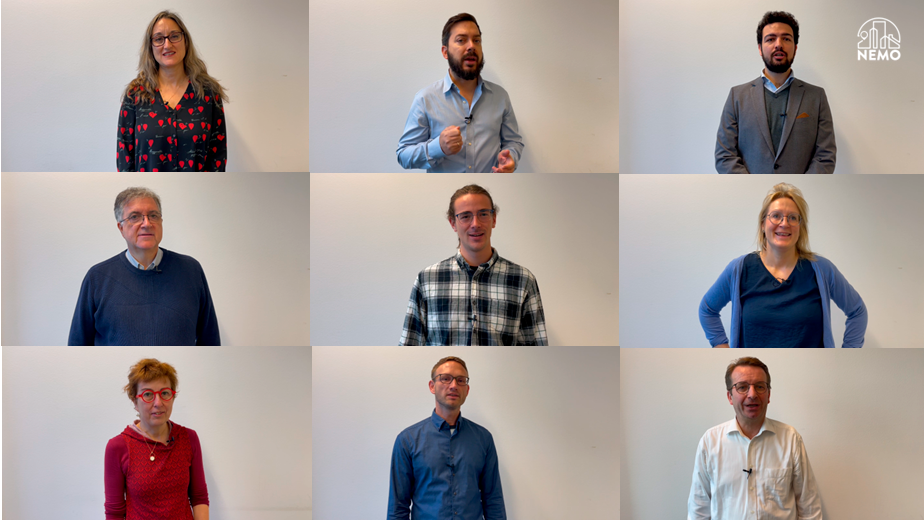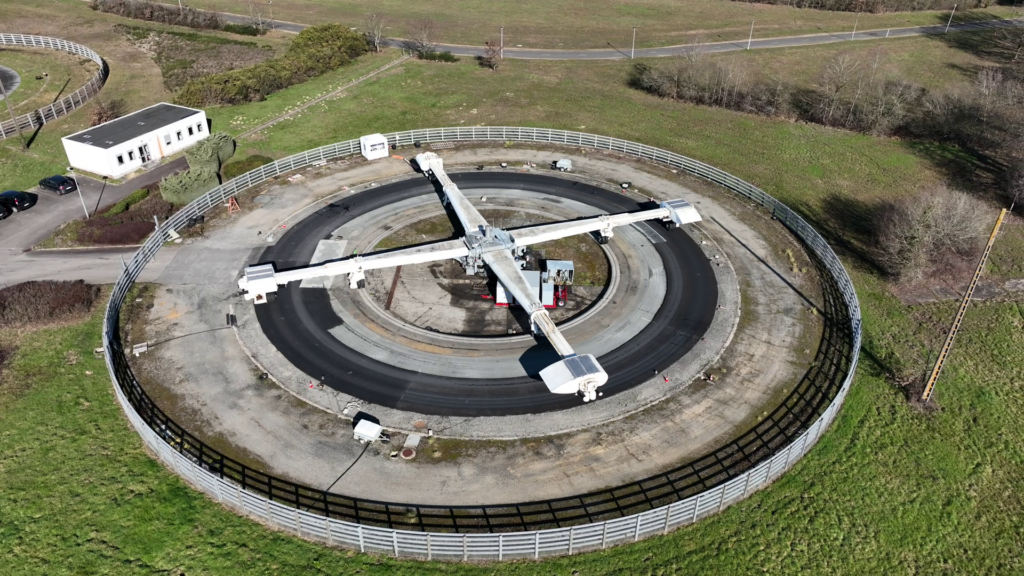
Noise from road traffic is a major health hazard, associated with several diseases, such as high blood pressure, diabetes and even cancer. But methods to combat noise emissions are lagging behind our fast-growing urban environments. NEMO pushes the implementation of new technologies that can meet tomorrow’s challenges to the top of EU’s agenda, through the piloting of new monitoring and control system.
Abnormally high noise levels have shown a strong effect on humans wellbeing. In the research field of psychoacoustics, eliminating noise peaks have shown to decrease the overall perceived noise levels, and lower the negative health impacts such as high blood pressure. Even though the general noise levels are unchanged, eliminating the spikes of noise can decrease the perceived noise levels and lower the negative health impacts.
But one of the main challenges with monitoring and control of roadside noise emissions is validity of the acoustics data. A roadside traffic scene is, acoustically speaking, very complex, containing a wide variation of different types of sound elements. Digital technologies have so far not been very accurate in separating noise from noise. Now the NEMO project is developing an on-road measurement technology, including microphone arrays and advanced data analysis in a pilot trial where it will be demonstrated in a real urban traffic environment. Denying access to high noise-emitting vehicles in certain zones will decrease the overall health hazard caused by peak traffic events.
Developing an effective roadside noise data monitoring system comes with two main challenges. Firstly, to identify what vehicle is emitting the sound. Secondly, if the noise emission is caused by the vehicle itself, or by, for example, the surrounding infrastructure. A large part of noise from vehicles is generated by the interaction between the tires and the road. A wet surface, for example, will generate considerably more noise than a dry one. The NEMO project will advance noise emission monitoring systems by filtering out noise that vehicles’ owners are responsible for, and distinguish noise that stems from the vehicle itself.
An important aspect in this development is to train a model to distinguish noise coming from different parts of the vehicles. Over time, as more and more data is collected, the system will learn the patterns along a normal acoustic spectrum of noise from cars through machine learning. The system’s algorithms will continuously improve at identifying so called outliers – vehicles that stand out from the general stream of traffic and should be targeted.
Authorities currently lack a legal framework to deal with noise emissions from vehicles in the EU. In several member states the police can pull over vehicles they believe have been deliberately modified, resulting in increased noise levels. However, in reality, the police rarely have the resources to prioritize this noise monitoring, leaving noisy vehicles to continue circulating in our cities, impacting on the health of urban inhabitants.
The new technologies enable the integration of measuring stations that can automatically, and crucially, autonomously detect all vehicles passing by in the urban fabric, with few or no staff operating the system, and no need to stop the flow of traffics through cumbersome manual checks. The noise can be measured continuously and directly in a traffic stream, enabling traffic to run smoothly without the need for vehicles get out of the flow separately to be inspected.
NEMO partner Müller-BBM is leading the development of the remote sensing and detection system for traffic noise (Müller-BBM department traffic-technology) and for railway noise (Müller-BBM Rail Technologies GmbH). You can read more about their work here.
Read more about NEMO’s work witth noise here.
More of this

